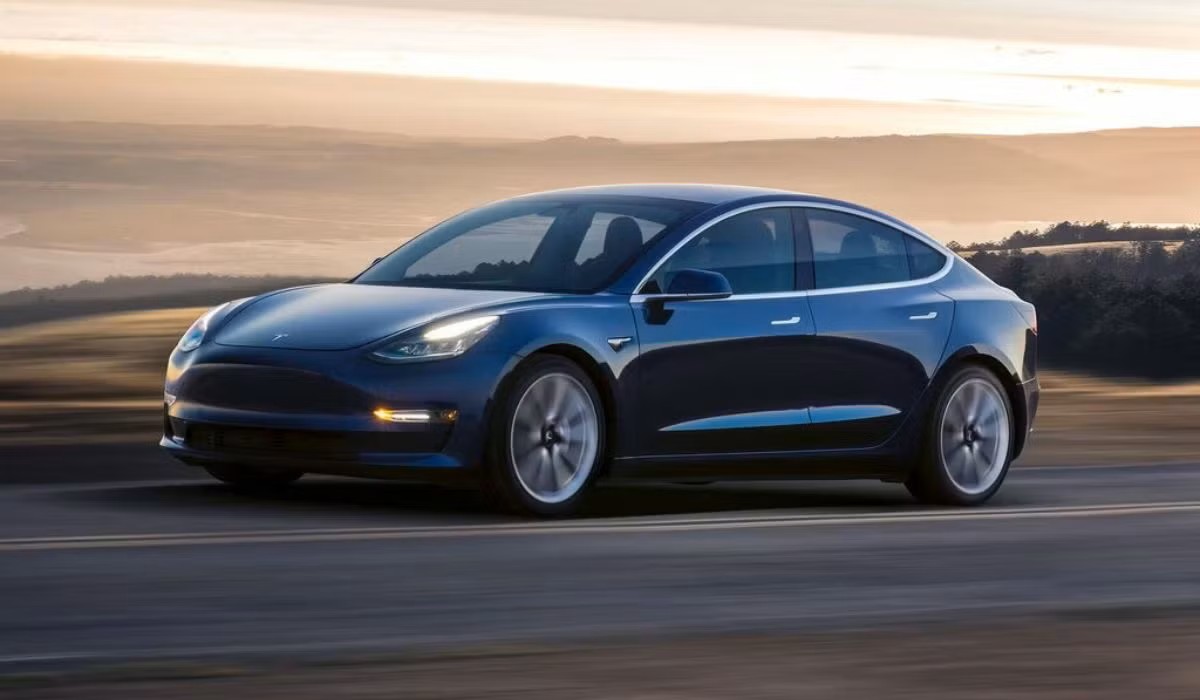Owning a Tesla is often seen as a dream come true for many, with its sleek design, cutting-edge technology, and commitment to sustainability. However, like any vehicle, there are aspects of Tesla ownership that may not be immediately apparent to first-time buyers.
Understanding these nuances can help prospective owners make an informed decision and better prepare for life with an electric vehicle. From charging logistics to software updates, there are several factors that current Tesla owners often wish they had known before purchasing their car.
This guide aims to shed light on six key things Tesla owners commonly wish they knew beforehand. By being aware of these insights, you can ensure a smoother transition to owning one of the most innovative vehicles on the market and make the most out of your Tesla experience.
1. Charging Infrastructure
One of the primary considerations for Tesla owners is the availability and convenience of charging infrastructure. While Tesla has an extensive Supercharger network that is expanding globally, the accessibility and coverage can vary depending on your location.
It’s important to research the availability of Superchargers in your area and along your frequently traveled routes. Additionally, consider the options for home charging, which can greatly enhance convenience.
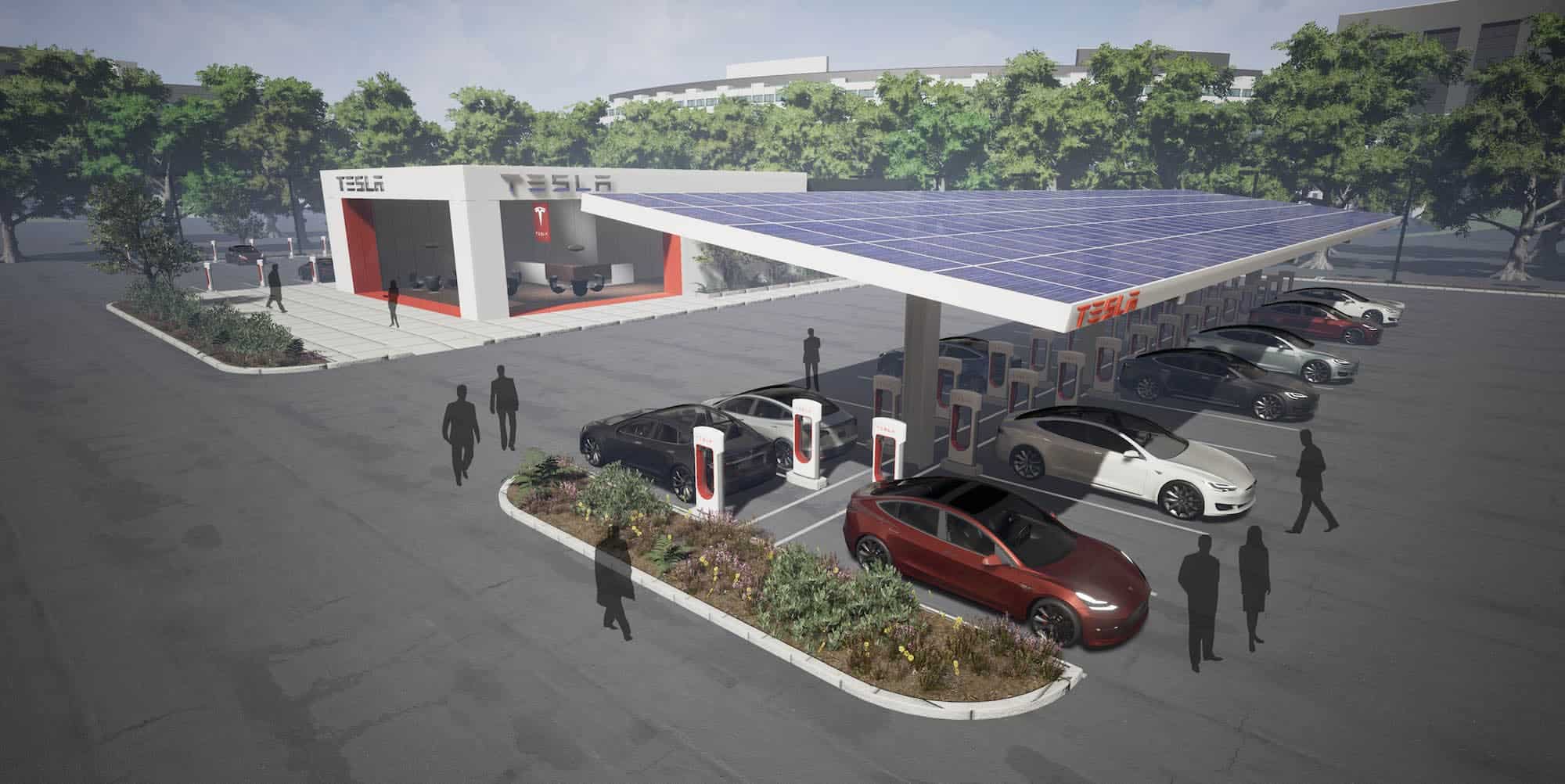
Installing a home charger can be a significant investment but provides the ease of charging overnight and starting each day with a full battery. Understanding the charging options and planning accordingly can help alleviate range anxiety and ensure you’re prepared for long trips or daily commutes.
By being aware of the charging infrastructure, you can make informed decisions about your travel plans and charging habits, making the Tesla ownership experience more seamless and enjoyable.
2. Real World Range
While Tesla vehicles boast impressive range figures, the actual range can vary based on several factors such as driving habits, weather conditions, and the use of climate control systems. For instance, driving at high speeds, using air conditioning or heating, and driving in extremely cold or hot weather can significantly reduce the vehicle’s range.
It’s important for prospective Tesla owners to understand that the advertised range may not always reflect real-world driving conditions. Familiarizing yourself with these factors and planning accordingly can help avoid unexpected situations where you might run low on battery.
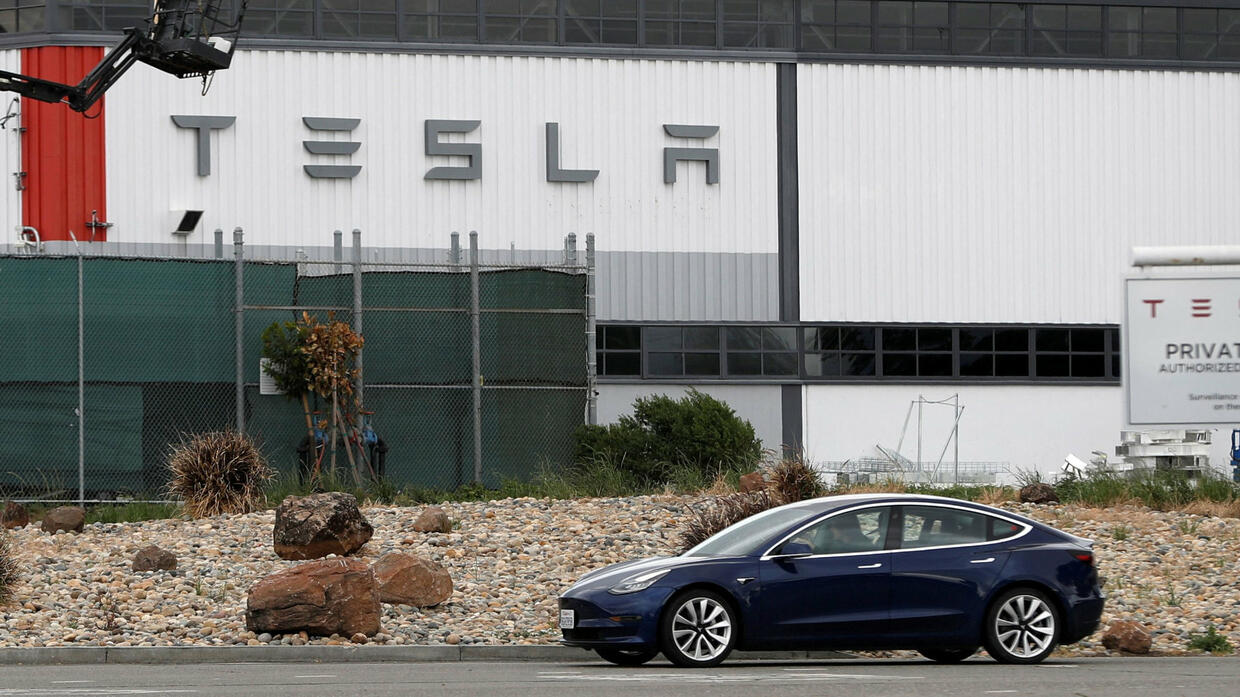
Additionally, Tesla’s navigation system provides real-time range estimates and suggests charging stops, which can be useful for longer trips. By having realistic expectations about your Tesla’s range and understanding how different factors impact it, you can plan your journeys more effectively and make the most out of your driving experience.
3. Software Updates
One of the unique aspects of Tesla ownership is the regular over-the-air software updates that bring new features, improvements, and even bug fixes to your vehicle. While these updates are generally a positive aspect, they can sometimes come with unexpected changes or require you to adapt to new interfaces or functionalities.
It’s helpful to stay informed about upcoming updates and read through release notes to understand what changes to expect. Additionally, some updates may take a significant amount of time to download and install, during which your vehicle may not be drivable.
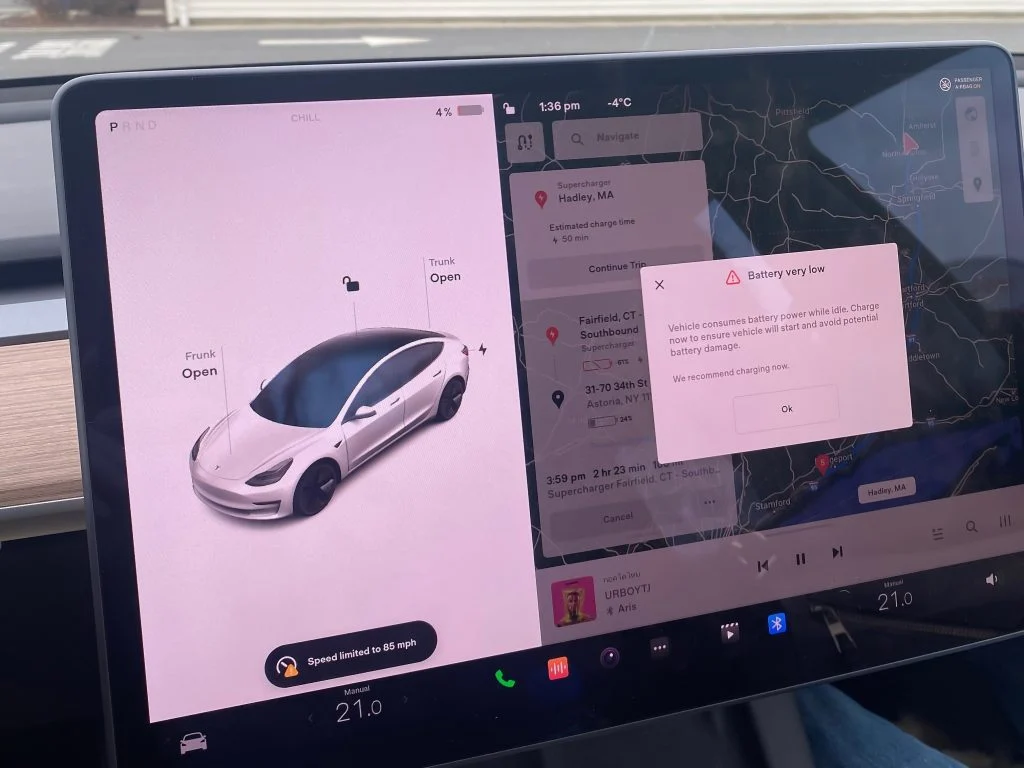
Scheduling updates during off-peak hours or overnight can help minimize any inconvenience. By staying updated on the latest software changes and being prepared for occasional adjustments, you can fully enjoy the benefits of Tesla’s constantly evolving technology and ensure your vehicle remains at the forefront of innovation.
4. Maintenance Differences
Tesla vehicles have fewer moving parts compared to traditional internal combustion engine (ICE) vehicles, which generally means lower maintenance requirements. However, there are still specific maintenance needs that Tesla owners should be aware of.
For instance, regular checks and replacements for brake fluid, windshield wipers, and tires are necessary. Additionally, because Tesla vehicles are equipped with regenerative braking, the brake pads tend to last longer, but it’s still important to have them inspected periodically. Another consideration is the coolant system for the battery, which requires periodic checks and maintenance.
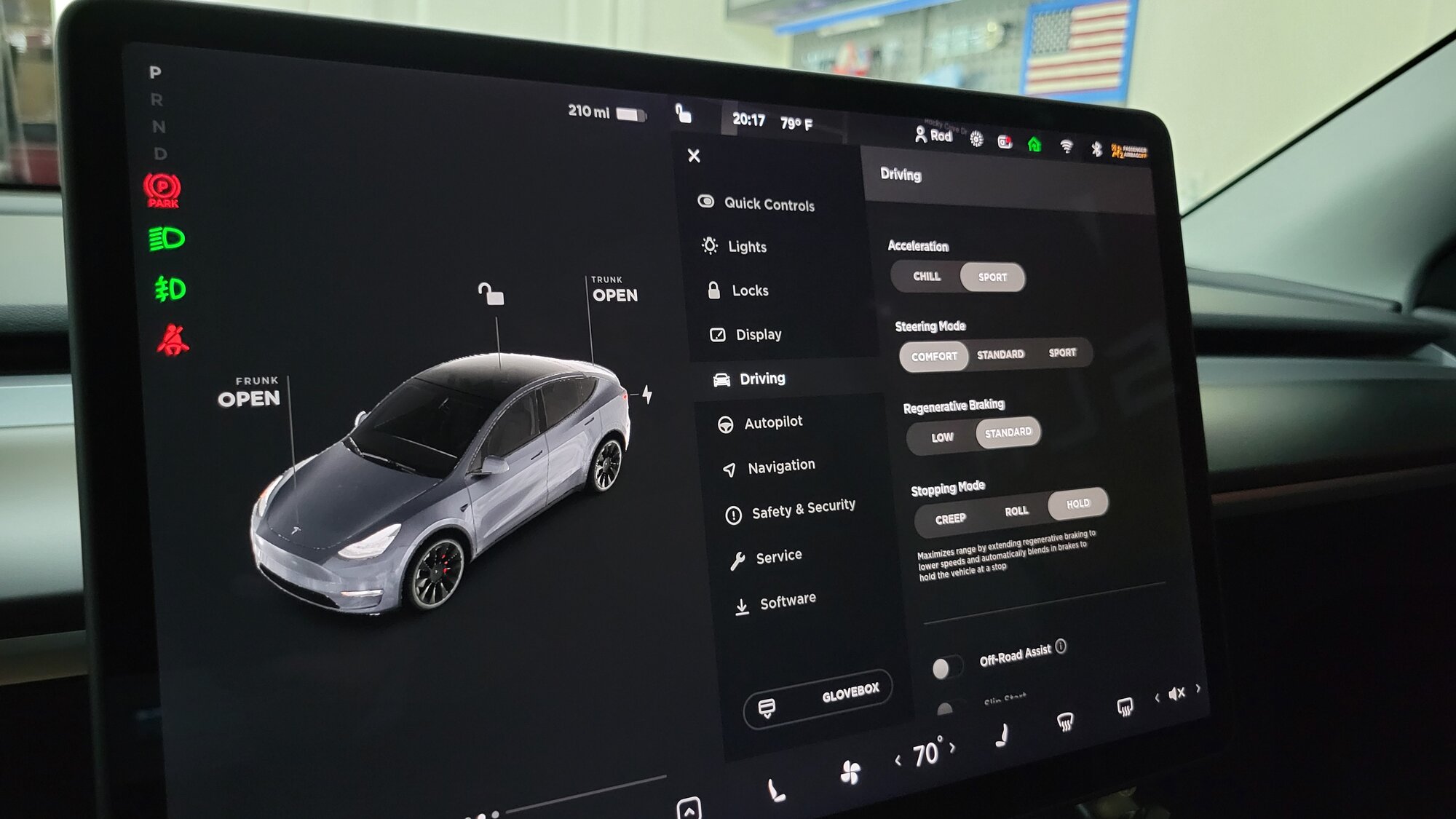
Familiarizing yourself with the unique maintenance schedule of a Tesla and following the recommended service intervals can help ensure your vehicle operates smoothly and efficiently. By understanding these maintenance differences, you can avoid unexpected issues and keep your Tesla in top condition.
5. Depreciation and Resale Value
While Tesla vehicles are known for their cutting-edge technology and strong performance, they are not immune to depreciation. Understanding the factors that affect depreciation and resale value can help you make a more informed purchasing decision.
Factors such as the introduction of new models, software updates, and market demand can influence the resale value of your Tesla. Additionally, the availability of government incentives for electric vehicles can impact the cost and resale value.
Keeping your vehicle well-maintained, retaining service records, and staying updated with software improvements can help preserve its value. It’s also beneficial to research the resale market for Tesla vehicles to understand current trends and demand.
By being aware of the potential depreciation and taking steps to maintain your vehicle’s value, you can make a more informed investment and enjoy better returns if you decide to sell your Tesla in the future.
6. Insurance Considerations
Insurance for a Tesla can be different compared to traditional vehicles due to factors such as repair costs, technology features, and safety ratings. It’s important to shop around for insurance quotes and understand what is covered in your policy.
Some insurance providers may offer specialized coverage for electric vehicles, including protection for the battery and charging equipment. Additionally, Tesla offers its insurance program in certain regions, which is designed specifically for Tesla owners and may provide competitive rates and tailored coverage options.
Being aware of the insurance considerations and costs associated with owning a Tesla can help you budget more effectively and ensure you have the appropriate coverage for your vehicle. By exploring different insurance options and choosing a policy that suits your needs, you can protect your investment and drive with peace of mind.

